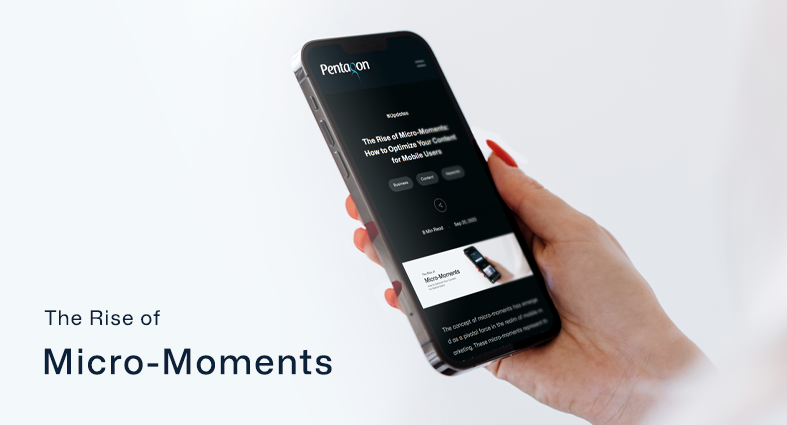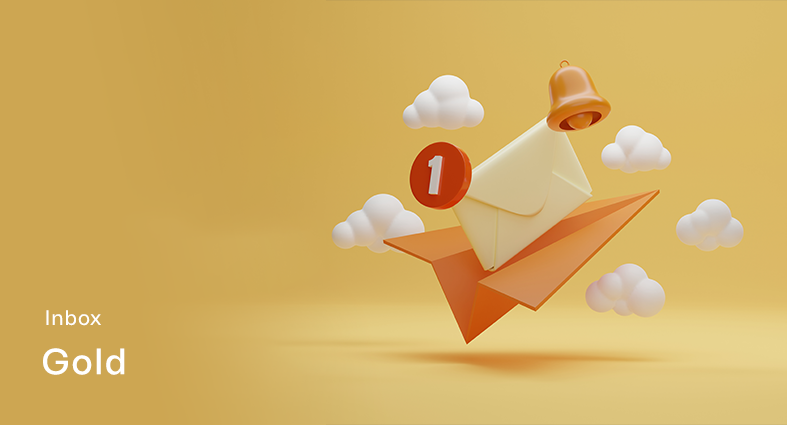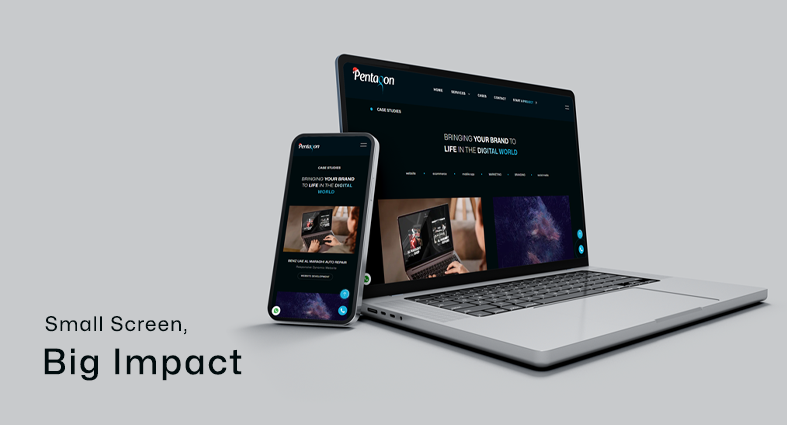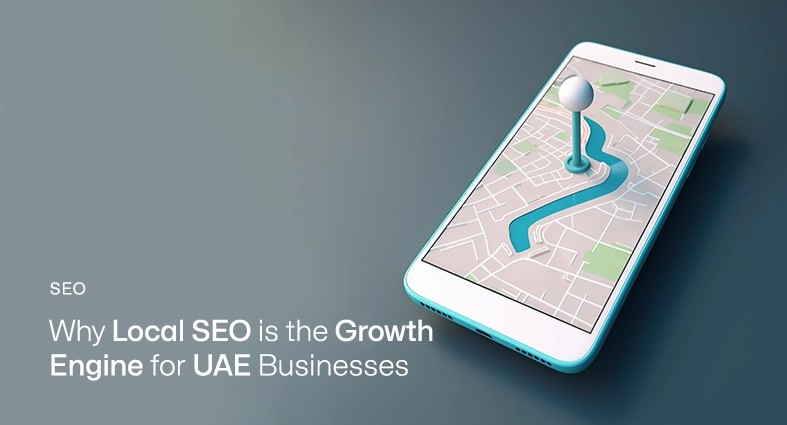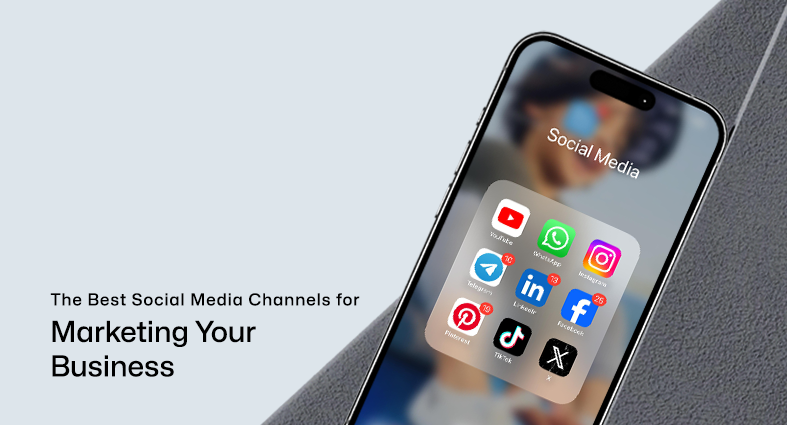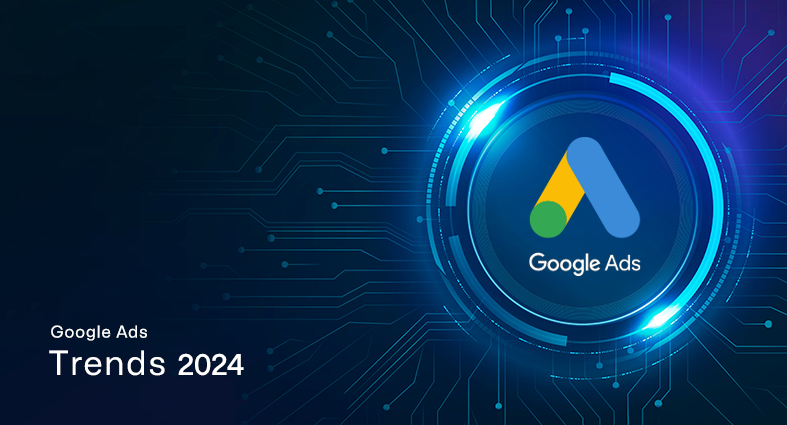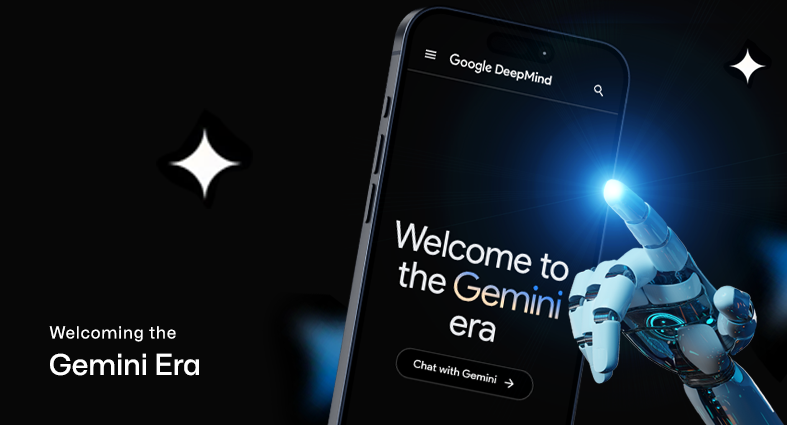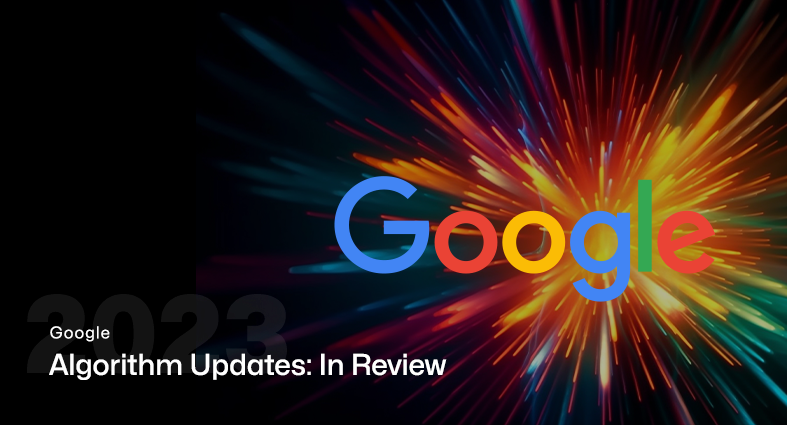In recent years, the field of natural language processing has seen a significant rise in the development and use of open-source language models. With the development of open-source language models like Dolly 2.0 and ChatGPT, the potential for natural language processing is becoming even more promising. These models are making it easier than ever for researchers and developers to work with natural language processing, and are opening up new possibilities for applications and advancements in the field. In this article, we will explore how Dolly 2.0 and ChatGPT are breaking boundaries in the field of natural language processing, from their features and capabilities to their potential applications and future implications.
Understanding Dolly 2.0
Dolly 2.0 is an open-source language model that was released by researchers from Stanford University in 2021. Dolly 2.0 is a successor to the original Dolly model, and it was trained on a massive dataset consisting of more than 570 billion tokens. The training data for Dolly 2.0 was sourced from various internet sources, including websites, books, and academic publications. Dolly 2.0 uses a transformer-based architecture and is capable of generating human-like text with high accuracy.
Dolly 2.0 has several features and capabilities that make it stand out from other open-source language models. The model has a large memory capacity, which allows it to remember and use information from previous parts of a text when generating new text. Dolly 2.0 can also perform several language tasks, including language translation, summarization, and question-answering. Additionally, the model can generate coherent and fluent text with high accuracy.
Exploring ChatGPT
ChatGPT, on the other hand, is an open-source language model developed by OpenAI. The architecture used by ChatGPT is known as Generative Pre-trained Transformer (GPT), which is specifically developed for natural language processing tasks. ChatGPT was trained on a large corpus of text, including books, websites, and social media posts, and is capable of generating high-quality text on a wide range of topics.
One of the key features of ChatGPT is its ability to generate conversational text, making it well-suited for chatbot applications. It also has a high level of accuracy and can generate text that is nearly indistinguishable from the human-written text. In addition, ChatGPT can generate text in multiple languages and has fine-grained control over the style and tone of the generated text.
Comparison of Dolly 2.0 and ChatGPT
When it comes to performance and accuracy, both Dolly 2.0 and ChatGPT are among the best language models available. Dolly 2.0 is known for its high fidelity and ability to generate text with a high level of coherence and fluency. ChatGPT, on the other hand, is known for its conversational capabilities and ability to generate text that is nearly indistinguishable from human-written text. However, the performance of both models is highly dependent on the quality and size of the training dataset. In terms of the size of the models, Dolly 2.0 is larger, with over 1.3 trillion parameters, while ChatGPT has 175 billion parameters. Both models require significant computational resources to train and run, and both are constantly being improved and refined.
Performance
In terms of performance, both models have shown exceptional results. Dolly 2.0 has achieved state-of-the-art performance in several natural languages processing benchmarks, such as language translation, summarization, and question-answering. The model has also shown impressive capabilities in generating text, with high levels of coherence and context sensitivity. ChatGPT, on the other hand, has demonstrated excellent results in chatbot applications, with highly coherent and contextually appropriate responses.
Accuracy
When it comes to accuracy, Dolly 2.0 and ChatGPT have both shown high levels of accuracy in several natural language processing tasks. Dolly 2.0 has demonstrated exceptional accuracy in language translation tasks, with highly accurate translations even for complex and nuanced sentences. ChatGPT has also shown high levels of accuracy in chatbot applications, with highly relevant and appropriate responses to user inputs.
Aside from performance and accuracy, both models have other key metrics that make them highly capable language models. Dolly 2.0, for instance, has advanced capabilities in generating coherent and contextually appropriate responses in a conversation. The model can also generate high-quality content, such as news articles and product descriptions, with high levels of coherence and factual accuracy. ChatGPT, on the other hand, is specifically designed for chatbot applications, with a focus on conversation quality and coherence. The model can generate highly context-sensitive and appropriate responses, making it highly effective in chatbot applications.
Potential Applications of Dolly 2.0 and ChatGPT
The potential applications of Dolly 2.0 and ChatGPT are numerous, and the models can be used in various fields such as healthcare, finance, and customer service. Dolly 2.0 can be used in language translation tasks, content creation, and summarization. ChatGPT, on the other hand, is more suitable for chatbot applications, text completion, and question-answering. These open-source language models have the potential to transform the way we communicate and interact with technology. Some of the most promising applications of these open-source language models include:
Language Translation
With Dolly 2.0 and ChatGPT, language translation could become faster and more accurate than ever before. These models can understand and translate natural language with a high degree of accuracy, even when dealing with complex sentences or idiomatic expressions. This makes them ideal for use in translation software and services.
Chatbots
The use of chatbots is on the rise, particularly in customer service and other various applications. With Dolly 2.0 and ChatGPT, chatbots could become more advanced and capable of understanding natural language queries and providing appropriate responses. This could lead to more efficient and effective customer service, as well as a wider range of applications for chatbots.
Content Creation
Dolly 2.0 and ChatGPT could also be used to generate high-quality content automatically. These models can be trained on large datasets of text and used to generate new content that is coherent and engaging. This could be particularly useful in fields such as journalism and content marketing.
Future Implications of Dolly 2.0 and ChatGPT
The development of open-source language models like Dolly 2.0 and ChatGPT has significant implications for the future of natural language processing and AI more broadly. As they continue to develop and improve, it will be important for developers to consider the potential applications and implications of these models and to use them responsibly and ethically. Some of the key implications include:
Advancements in AI and Machine Learning
The development of Dolly 2.0 and ChatGPT represents a major step forward in the field of AI and machine learning. These models have achieved unprecedented levels of accuracy and performance, demonstrating the potential for further advancements in this field.
Democratization of AI
Open-source language models like Dolly 2.0 and ChatGPT have the potential to democratize AI by making advanced NLP capabilities available to a wider range of users. This could lead to more innovation and creativity in the development of new applications for natural language processing.
Ethical Considerations
As with any new technology, the development of open-source language models raises important ethical considerations. For example, there may be concerns about the use of these models for malicious purposes or the potential for bias in their training data. It will be important for developers to address these issues and ensure that these models are used ethically and responsibly.
Conclusion
Open-source language models like Dolly 2.0 and ChatGPT are revolutionizing the field of natural language processing. With their advanced features, high performance, and exceptional accuracy, these language models are breaking boundaries and setting new standards for the industry. Their potential applications are vast and varied, ranging from language translation and chatbots to content creation and beyond. As AI and machine learning continue to evolve, the implications of open-source language models like Dolly 2.0 and ChatGPT for the future of natural language processing are significant. These models have already transformed the way we interact with technology, and as they continue to improve, they will undoubtedly reshape the world we live in. As such, the continued development and improvement of open-source language models is a crucial area of focus for researchers and developers alike, as they have the power to transform the way we communicate and interact with each other and our technology.
services
Feel free to send us a message.
Please, share your thoughts, and let's chat over a cup of tea.






